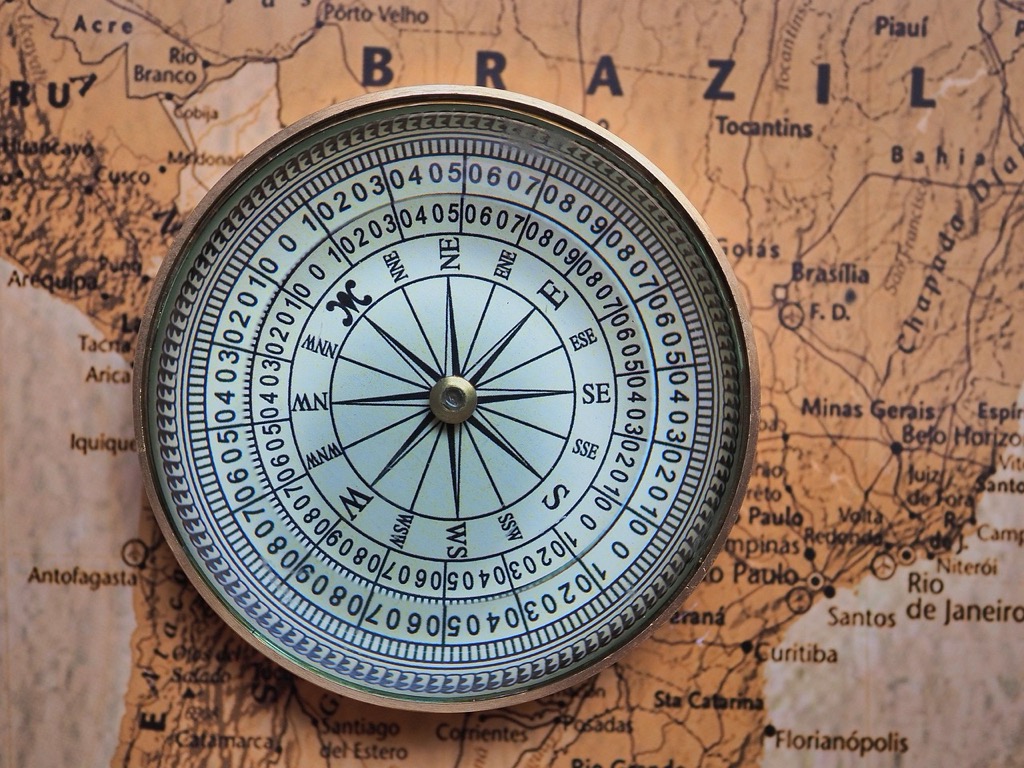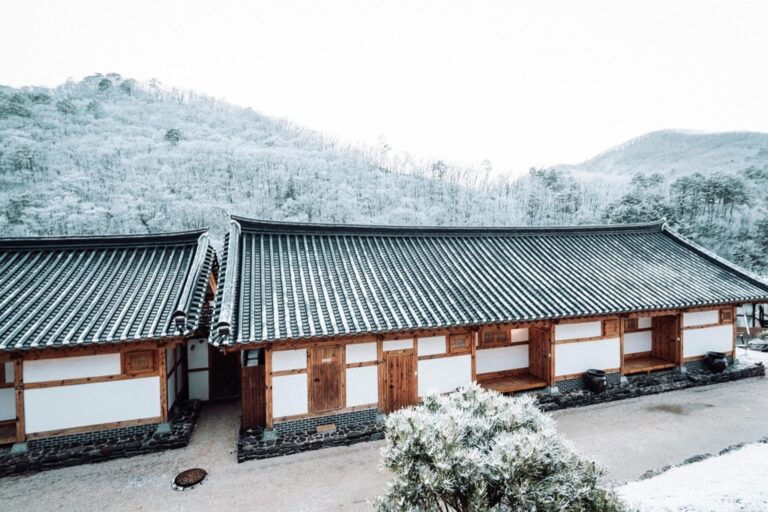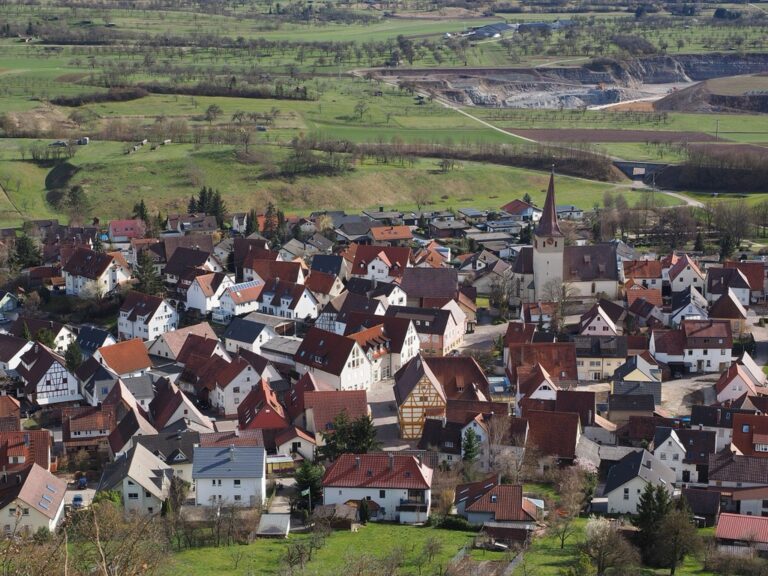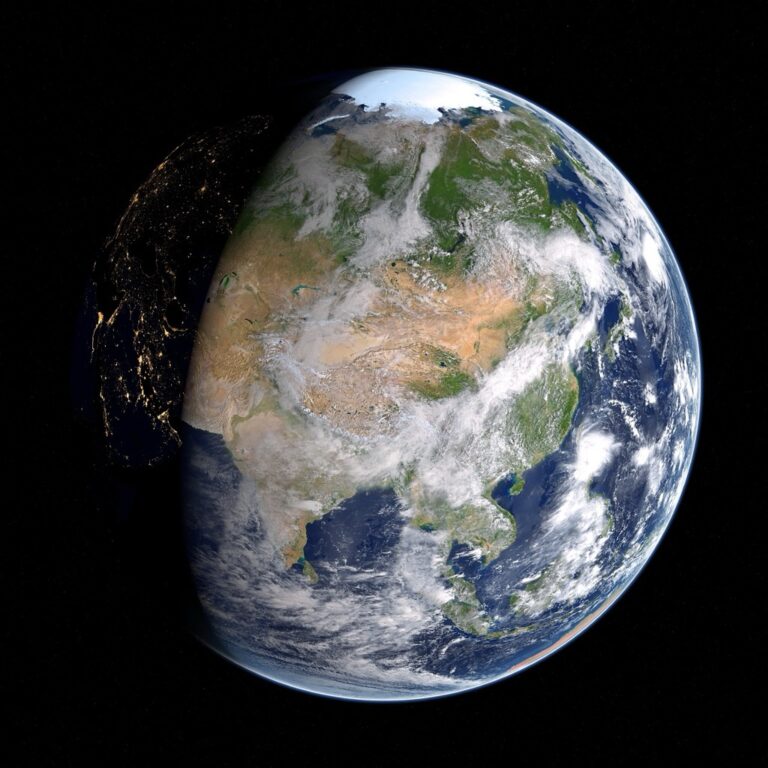7 Ways Local Knowledge Improves Cartography Beyond Satellite Data
Maps shape how you navigate the world but they’re only as accurate as the knowledge behind them. Traditional cartographers often miss crucial details that locals know by heart—from seasonal flooding patterns to unmarked shortcuts that save precious time.
The big picture: Local expertise transforms basic geographic data into living breathing maps that reflect real-world conditions and cultural nuances you won’t find in satellite imagery alone.
Disclosure: As an Amazon Associate, this site earns from qualifying purchases. Thank you!
Understanding the Foundation: How Local Knowledge Transforms Map Accuracy
Local residents provide the missing layer that transforms basic cartographic data into reliable, actionable mapping resources. Their firsthand observations validate features that remote sensing often misses or misinterprets.
Ground-Truth Verification of Geographic Features
Field verification through local expertise confirms whether mapped features actually exist on the ground. You’ll discover that community members can identify errors in elevation data, correct misplaced waterways, and flag outdated infrastructure. Local farmers know exactly where seasonal streams flow during different months, while business owners understand which roads remain passable year-round. This ground-truth data eliminates costly field surveys and prevents navigation errors that could compromise your map’s credibility.
Cultural and Historical Context Integration
Cultural landmarks and historical boundaries add essential meaning to your cartographic work beyond basic topography. You’ll capture sacred sites, traditional gathering places, and ancestral pathways that GPS coordinates alone can’t convey. Local historians provide accurate names for geographic features, correct pronunciation guides, and explain seasonal usage patterns. This contextual information transforms sterile coordinate data into culturally respectful maps that serve communities authentically while preserving important heritage knowledge for future generations.
Identifying Hidden Pathways: Local Insights Reveal Unmapped Routes
Your maps become significantly more valuable when you incorporate local knowledge about pathways that exist outside official documentation. These unmapped routes often represent the most practical navigation solutions for specific areas.
Traditional Trading Paths and Ancient Trails
Historic trade routes still serve modern navigation needs despite their absence from contemporary maps. Local elders can guide you to centuries-old pathways that connect remote settlements through optimal terrain. These trails often follow natural contours and water sources that modern road planners overlooked. Indigenous communities maintain detailed knowledge of ancestral travel corridors that provide efficient passage through challenging landscapes. You’ll discover that many traditional paths offer shorter distances and safer passage than newer routes during certain seasons.
Seasonal Access Roads and Weather-Dependent Routes
Seasonal pathways transform your mapping accuracy when local residents share their knowledge of weather-dependent access. Rural communities rely on temporary roads that become impassable during specific months due to flooding or snow. Local farmers know exactly when logging roads become accessible and which shortcuts remain viable during different seasons. You’ll find that residents track annual patterns of road conditions that official transportation departments don’t monitor. These insights help you create dynamic routing solutions that reflect real-world accessibility rather than theoretical road networks.
Capturing Cultural Landmarks: Indigenous and Community-Specific Features
Your maps gain invaluable authenticity when you incorporate sacred sites and community gathering places that hold deep meaning for local populations.
Sacred Sites and Ceremonial Locations
Sacred sites require careful documentation through respectful collaboration with indigenous communities and tribal authorities. You’ll discover prayer circles, burial grounds, and ceremonial amphitheaters that carry spiritual significance spanning generations. Traditional healers often guide you to medicine gathering areas and vision quest locations that remain unmarked on conventional surveys. Religious leaders provide essential context about seasonal ceremonies that affect site accessibility throughout the year. Document these locations with appropriate sensitivity protocols while preserving their cultural importance for future mapping updates.
Local Meeting Places and Community Centers
Community centers serve as vital navigation anchors that reflect neighborhood social structures and daily movement patterns. You’ll identify informal gathering spots like corner stores, barbershops, and community gardens that function as local landmarks. Elders direct you to traditional meeting grounds where town halls and cultural events occur regularly. School pickup zones, farmers market locations, and recreational facilities create natural waypoints that residents use for directions. Map these social hubs to create navigation systems that align with how communities actually organize their daily activities.
Documenting Resource Locations: Local Expertise in Natural Feature Mapping
Your maps become exponentially more valuable when you document the natural resources that local communities rely on daily. This resource mapping transforms basic topographical data into comprehensive guides that reflect real-world availability patterns.
Water Sources and Seasonal Availability
Local residents identify water sources that satellite imagery can’t detect. They’ll guide you to seasonal springs that flow only during specific months and underground streams that surface periodically. Community members track which wells remain reliable during drought conditions and which ponds support wildlife year-round. You’ll discover artesian springs hidden beneath vegetation canopies and learn about water quality variations that affect both human consumption and livestock needs. This knowledge helps you create dynamic water resource maps that show availability patterns throughout different seasons.
Hunting Grounds and Foraging Areas
Traditional hunters and foragers possess detailed knowledge of wildlife patterns and plant distributions. They’ll share information about seasonal migration routes that animals follow consistently and identify specific valleys where berry patches thrive. Local experts know which ridgelines provide optimal deer hunting during different months and where medicinal plants grow in sustainable quantities. You’ll learn about ecosystem boundaries that affect game populations and discover foraging areas that communities have managed sustainably for generations. This expertise allows you to map resource zones with precise seasonal timing and sustainable harvest indicators.
Recording Temporal Changes: Community Observations of Geographic Evolution
Local residents witness geographic changes over decades that satellite imagery often misses or captures inconsistently. Their long-term observations create invaluable temporal datasets for understanding landscape evolution.
Flood Patterns and Seasonal Water Level Changes
Flood documentation from local observers reveals critical patterns that standard hydrological data overlooks. Community members track recurring flood zones, noting areas that remain dry during typical spring melts but become impassable during heavy rainfall years. They identify precise elevation thresholds where water begins backing up into neighborhoods, creating detailed flood stage maps. Local farmers document seasonal creek behavior, marking points where streams change course or create temporary islands. These observations help you map dynamic water boundaries that shift throughout the year, providing essential data for flood risk assessment and emergency planning that static elevation models can’t capture.
Erosion Patterns and Landscape Shifts
Erosion monitoring through community knowledge captures gradual changes that remote sensing struggles to detect. Long-term residents observe riverbank retreat rates, documenting specific trees or landmarks that disappear over time. They track coastal bluff erosion, noting seasonal acceleration during storm periods and identifying vulnerable structures. Local hikers report trail degradation patterns, marking areas where paths become impassable due to washouts or rockslides. Farmers document topsoil movement and gully formation, providing precise locations where drainage patterns shift. This temporal knowledge allows you to create predictive erosion models and update hazard zones based on real-world observation rather than theoretical calculations.
Preserving Linguistic Geography: Local Names and Place-Based Terminology
You’ll discover that incorporating indigenous and traditional place names creates more culturally authentic maps while preserving linguistic heritage that satellite technology cannot capture.
Traditional Place Names and Their Meanings
Traditional place names carry geographic and cultural information that standard toponymy often overlooks. Indigenous communities preserve names describing landscape features like “rushing water place” or “eagle’s nest hill” that provide navigation clues. You can document these names through community partnerships, recording pronunciation guides and historical context. Local elders share stories explaining why certain areas received specific names, revealing geographic patterns invisible to remote sensing. These traditional names often indicate seasonal changes, wildlife behavior, or natural hazards that modern maps miss completely.
Regional Dialects and Geographic References
Regional dialects preserve unique geographic terminology that enhances local navigation accuracy beyond standard mapping conventions. Communities develop specialized vocabulary for landscape features specific to their environment, like “holler” for narrow valleys or “bayou” for slow-moving waterways. You’ll find that local residents use directional references based on prominent landmarks rather than cardinal directions. Documenting these dialect-specific terms creates maps that resonate with community speech patterns and navigation habits. Regional expressions for weather patterns, seasonal conditions, and terrain types provide valuable context that improves map usability for local populations.
Enhancing Safety Information: Local Knowledge of Hazards and Risks
Local residents possess critical safety intelligence that transforms standard topographical data into life-saving navigation resources. Their firsthand experience with environmental dangers creates comprehensive hazard awareness that remote sensing cannot detect.
Known Dangerous Areas and Safety Concerns
Identifying unstable terrain becomes precise when local knowledge guides hazard mapping. Community members document rockfall zones along mountain trails and identify areas prone to landslides during heavy rainfall. Their observations reveal seasonal dangers like flash flood corridors and ice-covered paths that appear safe on standard maps. Local hunters mark locations where wildlife encounters present risks, while fishermen identify dangerous currents and undertows invisible to satellite imagery.
Emergency Routes and Shelter Locations
Mapping emergency infrastructure requires local expertise to identify reliable refuge points and evacuation paths. Residents know which buildings provide sturdy shelter during severe weather and which routes remain passable when primary roads flood. They’ve identified natural windbreaks and elevated ground that satellite data doesn’t highlight as emergency staging areas. Local knowledge reveals backup water sources and communication points that become critical during disasters when conventional infrastructure fails.
Conclusion
Your next mapping project doesn’t have to rely solely on satellite data and remote sensing technology. By tapping into the wealth of local knowledge that surrounds you you’ll create maps that truly serve their intended communities.
The integration of resident expertise transforms basic geographic data into comprehensive navigation tools that reflect real-world conditions. You’ll capture everything from seasonal hazards to cultural landmarks that would otherwise remain invisible to traditional cartographic methods.
When you combine technology with human insight you’re not just making better maps – you’re preserving cultural heritage and creating resources that communities can actually use. This collaborative approach ensures your cartographic work remains relevant accurate and deeply connected to the people who depend on it most.
Frequently Asked Questions
What are the main limitations of traditional maps created by cartographers?
Traditional maps often overlook critical local knowledge such as seasonal flooding patterns, unmarked shortcuts, and cultural landmarks. They rely heavily on satellite imagery and remote sensing, which can miss important ground-level details like temporary access roads, sacred sites, and community-specific features that locals use for navigation daily.
How does local expertise improve map accuracy?
Local residents provide ground-truth verification by identifying errors in elevation data, correcting misplaced waterways, and flagging outdated infrastructure. Their firsthand observations help validate geographic features that remote sensing may miss or misinterpret, eliminating the need for costly field surveys while preventing navigation errors.
What types of hidden pathways can locals reveal for maps?
Locals know traditional trading paths, ancient trails, seasonal access roads, and weather-dependent routes that don’t appear on contemporary maps. Local elders can guide mapmakers to historic routes connecting remote settlements through optimal terrain, including temporary roads that become impassable during certain months or seasons.
Why is it important to include cultural landmarks on maps?
Cultural landmarks like sacred sites, prayer circles, burial grounds, and community gathering places provide essential navigation anchors that reflect how communities organize their daily activities. These features, documented through collaboration with indigenous communities, create more authentic maps that serve local populations better than GPS coordinates alone.
How do locals help document natural resource locations?
Local residents identify water sources invisible to satellites, such as seasonal springs, underground streams, and reliable wells. Traditional hunters and foragers share detailed knowledge about wildlife migration patterns, plant distributions, and optimal foraging areas, enabling the creation of dynamic resource maps showing seasonal availability.
What temporal changes can local knowledge capture that satellites miss?
Long-term residents witness landscape evolution over decades, documenting flood patterns, seasonal water level variations, erosion rates, and riverbank retreat. Their observations create invaluable datasets for understanding geographic changes, enabling predictive erosion models and updated hazard zones based on real-world conditions rather than remote sensing alone.
How does preserving indigenous place names enhance maps?
Indigenous and traditional place names carry geographic and cultural information that standard toponymy overlooks, providing navigation clues about seasonal changes, wildlife behavior, or natural hazards. Regional dialects and unique geographic terminology improve local navigation accuracy by creating maps that resonate with community speech patterns.
What safety information can locals provide for mapping purposes?
Residents identify dangerous areas like unstable terrain, rockfall zones, and flash flood corridors that remote sensing cannot detect. They know emergency routes, shelter locations, sturdy refuge buildings during severe weather, and paths that remain passable during floods, creating comprehensive hazard awareness for safer navigation.






